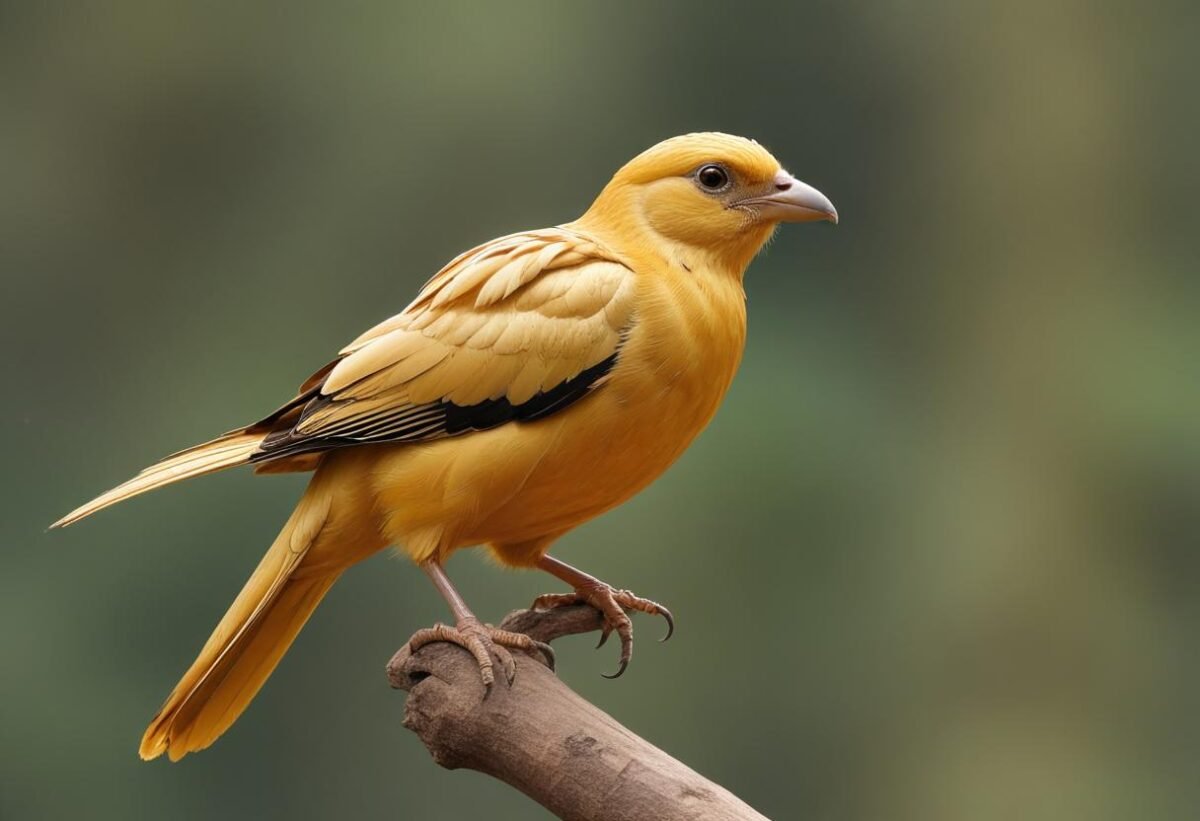Imagine India as a dazzling jewel, its a historical epithet that encapsulates the country’s immense wealth and prosperity during ancient times. This moniker, “Sone ki Chidiya” in Hindi, is a testament to India’s economic and cultural opulence.
That’s exactly what it was called for centuries: the Golden Bird. Isn’t that a fancy title?
So, what made India so incredibly rich and famous back in the day? Well, it was a perfect storm of awesome things. First off, India was like a giant, green treasure chest. The land was super fertile, so crops grew like crazy, feeding everyone and then some. And let’s not forget those shiny rocks! Gold, diamonds, you name it – India had it.
But it wasn’t just about the stuff. India was also a big brain hub. People were super smart, coming up with amazing ideas in math, science, and philosophy. And let’s talk about art and craft! Indian artisans were the best of the best, making things so beautiful that everyone wanted a piece of it.
And then there’s the location thing. India was like the crossroads of the ancient world. Traders from everywhere came to buy India’s amazing stuff, bringing in even more wealth. It was like one big, global shopping spree!
Several factors contributed to India’s reputation as the Golden Bird:
- Abundant Resources: India was blessed with fertile land, leading to agricultural abundance. Its rich mineral deposits, including gold, were a significant source of wealth.
- Strategic Location: Situated at the crossroads of ancient trade routes, India was a hub for commerce, attracting merchants from across the world.
- Advanced Civilization: India boasted a highly developed civilization with advancements in art, science,mathematics, and philosophy. This intellectual richness contributed to its allure.
- Skilled Craftsmanship: Indian artisans were renowned for their exquisite craftsmanship in textiles, jewelry, and other luxury goods, which were highly sought after in foreign markets.
But, alas, the golden age didn’t last forever. Invasions, colonization, and economic shifts took their toll. Today, while India is still rich in culture and potential, the ‘Golden Bird’ moniker is more a sparkling chapter in our history books than a present-day reality.
Source: https://in.pinterest.com/pin/89860955052388121/
The Fall of the Golden Bird
Imagine this: India, once a glittering jewel in the world’s crown, slowly losing its luster. It’s like watching a magnificent peacock lose its vibrant feathers. So, what happened? Well, it’s a complex story with many interwoven threads. Let’s unravel it a bit.
Foreign Invasions: A Heavy Blow
- India was like a rich kid with a candy store. Everyone wanted a piece of the pie. From the Persians to the Afghans, and then the Mughals, waves of invaders swept through the land. These conquerors not only drained the country’s wealth but also disrupted trade, leading to economic decline.
Colonial Exploitation: A Systematic Drain
- The British East India Company arrived, and that was the beginning of a whole new level of trouble. They turned India into their cash cow. Raw materials were shipped out, finished goods were imported, and profits flowed back to Britain. It was a classic case of ‘take, take, take’.
Decline of Trade Routes: A Global Shift
- For centuries, India was the crossroads of trade. But as new sea routes were discovered, and European powers established colonies elsewhere, the importance of India as a trade hub started to diminish. This dealt a significant blow to its economy.
Internal Factors: A Perfect Storm
- To top it all off, internal factors like weak rulers, corruption, and social unrest also played a part. It was like a perfect storm that battered India’s economy.
A combination of foreign invasions, colonial exploitation, trade shifts, and internal problems conspired to bring down the golden bird. It’s a story of rise and fall, but remember, this is just one chapter. India has shown remarkable resilience, and it’s steadily reclaiming its rightful place in the world.
Source: https://in.pinterest.com/pin/596023331948427393/
India: From Independence to Aspiration
Imagine inheriting a house that’s been neglected for centuries. It’s a mess, but it has incredible potential. That’s pretty much what India was like after gaining independence.
The first few decades were a rollercoaster. We had to pick up the pieces from partition, rebuild our economy, and figure out how to govern a massive, diverse country. It was like learning to walk, run, and climb a mountain all at once!
Building the Foundations
Our leaders, with Nehru at the helm, had a vision of a modern, secular India. They laid the groundwork for democracy, invested in education, and started building heavy industries. It was a slow, tough process, but it was the only way forward.
Green Revolution and White Revolution
We faced massive food shortages. That’s when our farmers worked magic. The Green Revolution boosted agricultural production, putting food on our plates. And then came the White Revolution, making India the world’s largest milk producer. Talk about turning challenges into triumphs!
The IT Miracle
But the real game-changer was the IT revolution. From being a back office for the world, India transformed into a tech powerhouse. Suddenly, the world was looking at us with new respect. We were no longer just the land of snake charmers; we were the land of software engineers!
Challenges and Opportunities
We still have a long way to go. Poverty, inequality, and infrastructure are big challenges. But the spirit of India is unbreakable. We’ve overcome adversity before, and we will again.
The best part? India is young. Our population is a huge asset. With the right education and opportunities, we can achieve anything.
Source: https://in.pinterest.com/pin/459789443212479604/
India’s Fight Against Poverty
Let’s delve into poverty, one of India’s most persistent challenges. Despite significant strides, millions still live below the poverty line.
Government Initiatives
India has launched several programs to combat poverty:
- MGNREGA (Mahatma Gandhi National Rural Employment Guarantee Act): This scheme guarantees 100 days of wage employment to rural households, providing a safety net during tough times.
- Pradhan Mantri Awas Yojana (PMAY): This initiative aims to provide affordable housing to all by 2022.
- Food Security Act: Ensuring access to affordable food grains for the poor is a cornerstone of India’s anti-poverty strategy.
Economic Growth as a Weapon
India’s growing economy is a double-edged sword when it comes to poverty. While it creates jobs and opportunities, the benefits don’t always trickle down to the poorest. To truly eradicate poverty, inclusive growth is essential.
Education and Skill Development
Investing in education and skill development is crucial. Educated and skilled individuals have better job prospects,leading to higher incomes and a better quality of life. Programs like Skill India aim to equip the youth with employable skills.
Challenges and Way Forward
Poverty is a complex issue with deep-rooted causes. Overcoming it requires a multi-faceted approach. While India has made progress, there’s still a long way to go.
India wasn’t just any old country; it was the Golden Bird, a shining example of wealth, culture, and intelligence. While the India of today might not shimmer with gold as it once did, the spirit of that golden bird still lives on. The potential is immense, and the journey to reclaim our rightful place on the global stage is well underway. Who knows? Maybe one day, we’ll not just be reminiscing about the golden bird, but witnessing its glorious rebirth. And while things have changed a lot since then, there’s no doubt that India still has that same potential to soar high once again.

